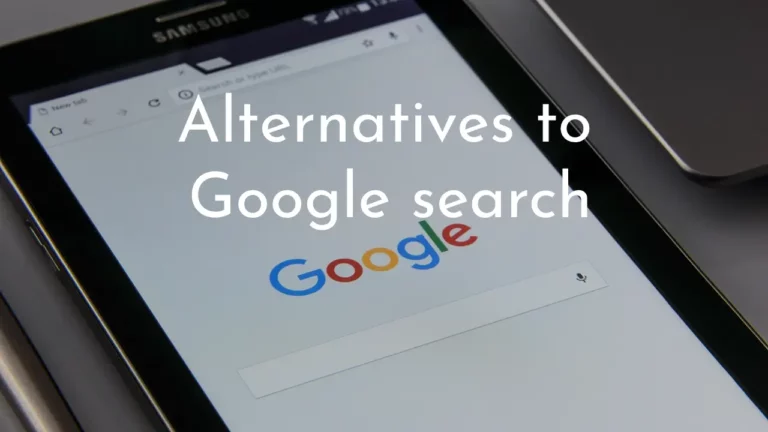Cloud storage can be a lifesaver in many instances. Imagine needing to share a file with someone else for work, but you cannot send it via email because the allowed attachment size is too small.
Or what about running into storage issues on your device? Let’s say that there is not enough space for macOS Ventura on your MacBook. It is not like you can just go ahead and delete many files, especially if those files are important. Keeping them on external storage, i.e., the cloud, is a more plausible solution.
Now, while clouds have notable benefits, you should still be cautious about certain issues that you might run into.
Knowing what to expect and how to overcome potential problems is worthwhile knowledge, particularly if you rely on cloud storage often.
So let’s go through 7 problems cloud storage users might face.
Security
Let’s start with security. For the most part, clouds are known for their reliability and security features, which is why they are used so much.
Nevertheless, for less experienced users, security is a problem to take into consideration. One small misstep can lead to multiple issues.
For one, perhaps you share the same cloud account with other people. It is more or less impossible to predict whether they have a virus on their device. Not to mention potentially exposing login credentials.
Taking extra precautions like 2FA to prevent potential mishaps due to intentional or accidental actions is key.
Limited storage
Those who have a lot of storage needs might not be unhappy with the total available storage. Such cases are rare, but even the maximum amount of available storage (we are talking terabytes) is not enough.
What this leaves is seeking alternative methods to keep hold of all your files. External storage accessories like flash sticks and HDDs and more cloud storage accounts to manage are feasible options. But you know what that would lead to, right?
Fees
If you need to invest money in extra cloud storage accounts and even external storage accessories, then the fees accumulate really fast.
A casual Dropbox or iCloud user is often satisfied with the default free plan that offers a few gigabytes of storage for free. Paying up to 10 dollars per month is relatively rare if you want to reach the maximum amount of available space on your cloud account.
Nevertheless, the fees still add up, and if you are on a tight budget, you might have no choice but to give up on certain features.
Offline accessibility
To access files from your cloud account, you need an internet connection. Offline accessibility is not really a thing.
Of course, it helps when finding an internet connection is relatively easy these days. Most public establishments, like hotels, bars, libraries, etc., offer free Wi-Fi or charge an insignificant fee.
Nevertheless, if you need to utilize a file in your cloud account but have no way to connect to the internet, you will have a bad time. And in some cases, the connection might not be strong enough to accommodate the requirements of a cloud service.
Slow speed
Slow download and upload speeds are a nuisance. For the most part, these issues are related more to your internet connection rather than the cloud service itself.
Having said that, there are still some instances when the cloud service itself experiences technical difficulties. If you are in a hurry and cannot afford to wait for the file transfer to finish, then expect to not solve the issue. You will just have to wait for things to improve on the service side, like everyone else.
File size and format restrictions
File size and format restrictions are rare since most cloud services accept most types of data. Nevertheless, you should not underestimate those instances when there is a very specific file format involved.
As for the size, the restrictions are in place as well. It helps when your account has a lot of total storage available, but do not be surprised to experience obstacles if you want to modify large files.
Transferring between multiple devices
The ability to move files between different devices is a significant cloud storage advantage. Unfortunately, though, you should not expect to create a perfect environment with your devices if there are compatibility issues.
It is one thing when you own everything manufactured by Apple and use iCloud and another when there are devices from different manufacturers and multiple cloud storage services.
Thankfully, things are moving in the right direction as far as compatibility goes, but some issues still occur now and then.






